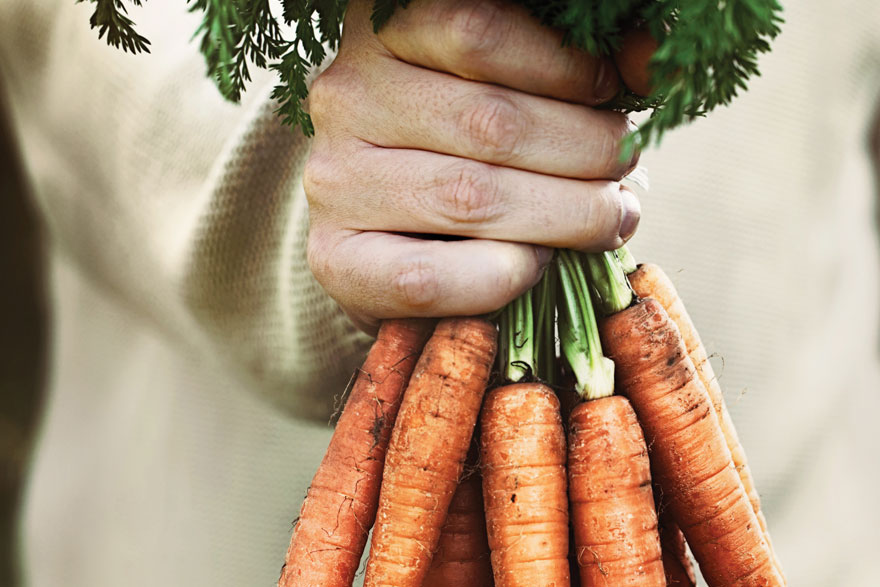Concerns remain over long-term loss in conservation funding, failure to close farm safety net loopholes
After two months of negotiations, the 2018 Farm Bill Conference Committee leaders released a final bill on December 10, 2018, that makes long-overdue investments in the future of American agriculture. If passed and signed into law by President Trump, the bill will better connect beginning and socially disadvantaged producers with the tools and resources they need to start and sustain vibrant food and farm businesses. It would also help both established and beginning farmers to tap growing markets by providing permanent, mandatory funding for local and regional food production and organic research.
The bill provides permanent, baseline funding and also makes significant policy improvements to the following tiny but mighty farm bill programs: the Beginning Farmer and Rancher Development Program (BFRDP), Outreach and Assistance for Socially Disadvantaged and Veteran Farmers and Ranchers Program (also known as “Section 2501”), Value-Added Producer Grant (VAPG) program, and Farmers Market and Local Food Promotion Program (FMLFPP). The final farm bill combines BFRDP and Section 2501 into the new Farming Opportunities Training and Outreach (FOTO) program, and merges VAPG and FMLFPP into the Local Agriculture Market Program (LAMP).
The final bill also rejects the House’s efforts to eliminate the Conservation Stewardship Program (CSP) and preserves current funding across the conservation title. The conference report also makes important policy improvements to encourage cover cropping, resource-conserving crop rotation, and advanced grazing systems.
Despite these historic victories and investments, the final bill contains serious shortcomings. Overall, the bill fails to address some of most significant challenges facing American agriculture and rural communities – food and farm business consolidation, dwindling rural populations and resources, and climate change mitigation and adaptation. In some cases, the bill not only fails to move the needle forward, it actively takes steps backward by failing to restore funding cuts to conservation programs or close widening loopholes in our commodity subsidy and crop insurance programs.
Over the next ten years, the 2018 Farm Bill will cut billions in funding for performance-based conservation through CSP. By failing to restore the $6 billion cut to conservation funds made in the 2014 Farm Bill, the only way to provide for other necessary increases within the Conservation Title – given limited available funds – was to cut funding from working lands conservation. That cut may start out small, but for the next farm bill in 2023, it amounts to a $5 billion reduction in combined budget authority for CSP and the Environmental Quality Incentives Program.
“The final bill will ultimately shortchange working lands conservation by stripping billions in conservation support to farmers through programs like CSP,” said Juli Obudzinski, Interim Policy Director at the National Sustainable Agriculture Coalition (NSAC). “We are disheartened to see that this farm bill further reduces CSP funding at a time when farmers are increasingly struggling to deal with extreme weather and other climate change-related challenges.”
The National Sustainable Agriculture Coalition is a grassroots alliance that advocates for federal policy reform supporting the long-term social, economic, and environmental sustainability of agriculture, natural resources, and rural communities. Learn more and get involved at www.sustainableagriculture.net.



Leave A Comment